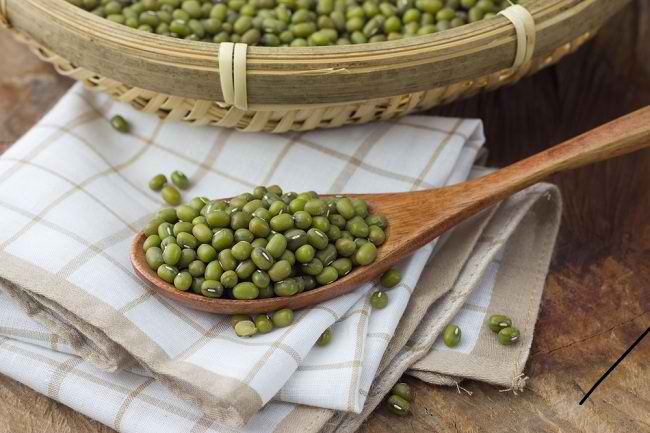Brown sugar has been known by the Indonesian people for a long time, both as a natural sweetener or as a cooking spice. Moreover, brown sugar is also considered better consumed for diabetics than white sugar.
Maybe not many know that brown sugar derived from coconut tree sap contains nutrients that are good for health, such as iron, minerals, zinc, calcium, potassium, polyphenols, antioxidants, and inulin. Not only that, the glycemic index (GI) of brown sugar is also lower than other sweeteners. So it is natural that brown sugar is often consumed by diabetics.

Benefits of Brown Sugar Compared to White Sugar
The benefits of brown sugar have been considered better than white sugar, especially after it is known to have a relatively low glycemic index, which is around 54. The glycemic index itself is a number that describes the impact of certain foods on increasing a person's blood sugar levels.
A high glycemic index is above 70. This means that carbohydrates in food break down quickly and release glucose into the blood. Some foods with high GI numbers include:
- White rice.
- White bread.
- Whole wheat bread.
- Rice porridge.
- Instant oat porridge.
- Potato.
- chips.
Meanwhile, numbers 55 and below indicate otherwise. Foods with low GI numbers, such as brown sugar, pasta, kidney beans, soybeans, chickpeas, oranges, carrots, bananas, mangoes, strawberries, and dates. While white sugar or sucrose belongs to the medium GI range in the range of 56-69 GI.
However, keep in mind that the GI number of foods can differ from one individual to another, depending on how the food is combined to be consumed. For example, the glycemic index of brown sugar, which is actually low, can become high when consumed with other foods that contain high carbohydrates and sugar.
Apart from that, with a relatively small GI number, brown sugar is claimed to be a better choice for diabetic patients compared to white sugar which has a slightly higher GI.
Brown Sugar Is Safer, But That Doesn't Mean It's Free
Although brown sugar is considered safe for consumption by diabetics. Not that brown sugar can then be consumed freely. This is because the calorie content in brown sugar is almost equivalent to white sugar, which is about four grams of carbohydrates and 16 calories per teaspoon.
In addition, brown sugar circulating in the market may also have been mixed with cane sugar and other ingredients, which makes the glycemic index high. Therefore, if you want to use brown sugar as a sweetener, the key is to consume it in limited quantities. If you consume brown sugar in excess, it will still increase the risk of developing metabolic syndrome and obesity.
If you are diabetic and are really in the mood for a sweet snack, you can choose healthy alternative foods, such as fruit salad or fresh fruit. If you still want to use sugar, regardless of the type of sugar, pay attention to the total carb count on the product label. That way, you can readjust your daily diet plan according to the calculation of carbohydrates and calories allowed. Do not hesitate to consult a nutritionist to find out the complete benefits of brown sugar.









